An orthodontic consultation is the first step toward fixing bite problems or straightening teeth. It’s not a procedure or a commitment. It’s a chance to find out what your teeth need and how treatment could help. You won’t leave with braces right away, but you will walk out with answers. This visit gives you a clear idea of the options available and what to expect if you decide to move forward.
Introduction and Medical History Review
Meet the Team
Your first visit usually begins with introductions. You’ll meet the front desk staff, the treatment coordinator, and the orthodontist. They aim to make the experience comfortable and answer any initial questions you may have.
The front desk may ask you to complete some forms, which usually cover your dental and medical history. This step is important because your health background plays a role in your treatment plan. Allergies, previous dental work, jaw issues, or medication use may influence how your orthodontist approaches your case.
Discuss Your Concerns
You’ll also have a chance to explain why you booked the consultation. Some patients want to straighten their teeth for aesthetic reasons. Others may struggle with bite issues or jaw discomfort. Be honest about what bothers you, even if it seems small. Your input helps guide the treatment planning process.
Clinical Exam and Assessment
Once the paperwork is complete, the orthodontist will perform a basic exam. This usually takes place in a chair just like the one used for regular dental checkups. The orthodontist will look at your teeth, bite, jaw alignment, and facial symmetry.
They may ask you to bite down, smile, or shift your jaw in different directions. These movements help assess how your upper and lower teeth fit together and highlight any bite issues.
You won’t feel any pain during this part. The exam helps determine if braces, aligners, or other treatments may be necessary.
Diagnostic Records
X-Rays and Photos Provide a Closer Look
To get a detailed view of your oral structure, the team usually takes digital x-rays and photographs. These images help assess the position of your teeth and roots, as well as jaw structure and potential crowding.
Some practices use 3D scanning tools or panoramic x-rays. Others might include cephalometric x-rays that focus on jaw development and alignment.
You may also have photos taken of your teeth and smile from several angles. These records create a baseline that will be used throughout your treatment to track progress.
Impressions or Digital Scans
Your orthodontist may need to create a model of your bite. This is done through impressions or digital scans. Traditional impressions involve a tray filled with a soft material that molds to your teeth. Newer technology allows practices to skip the tray and use a handheld scanner instead.
Digital scans are faster, more comfortable, and often more accurate. They produce a 3D model that your orthodontist uses to design your treatment plan.
Treatment Discussion
After gathering all the necessary information, your orthodontist will explain their findings. They’ll point out any issues like overcrowding, overbite, underbite, or spacing problems.
Next, they’ll walk you through your treatment options. These may include:
-
Traditional metal braces
-
Clear ceramic braces
-
Lingual braces
-
Clear aligners like Invisalign
They’ll describe how each option works, how long treatment might take, and what kind of results you can expect. You’ll also learn how your choice could affect your eating habits, brushing routine, and daily comfort.
Timeframe and Commitment
One of the most important parts of the consultation is understanding the timeline. Your orthodontist will estimate how long treatment will last based on your needs and age. For example, children may finish earlier due to jaw growth, while adults may require a bit longer.
They’ll also talk about how often you’ll need appointments and what kind of maintenance the appliances require. Understanding the level of commitment helps you make an informed decision.
Cost and Payment Options
Before wrapping up, the office staff will go over the cost of treatment. They’ll give you a breakdown that includes:
-
Consultation and diagnostic fees (if applicable)
-
Appliance costs
-
Adjustment visits
-
Retainers and follow-up care
They’ll explain insurance coverage if you have it and talk through financing options. Many orthodontists offer monthly payment plans or work with third-party lenders like CareCredit.
Ask about what’s included in your quoted fee. Some practices bundle retainers and follow-up visits, while others charge separately.
Questions to Ask Before Leaving
Don’t hesitate to ask questions during or after the consultation. Here are a few helpful ones:
Common Questions
-
How often will I need to come in for adjustments?
-
Will I have to change my brushing or flossing routine?
-
What should I expect during the first few days of wearing braces or aligners?
-
Are there foods I need to avoid?
-
What happens if something breaks or becomes loose?
Asking questions now will save confusion later and help you feel more in control of your treatment.
What You Don’t Have to Worry About
Many patients worry that they’ll have to start treatment right away, but that’s rarely the case. Your first consultation is just a fact-finding visit. You won’t leave with braces on unless you’ve already scheduled that separately.
There’s also no pressure to make a decision on the spot. Most orthodontists give you time to review the information at home and come back when you’re ready.
Follow-Up and Scheduling
Once your consultation wraps up, the office may offer to schedule your next visit. This could be a fitting appointment, a planning session, or another consultation if needed.
You can choose to move forward right away or take time to think it over. Either way, your diagnostic records will be available when you’re ready.
Why Choose Dillon American Orthodontic Care
Dillon American Orthodontic Care offers dependable service backed by over 25 years of orthodontic experience. Dr. Michael Dillon provides care with a focus on comfort, accuracy, and long-term results. Patients benefit from his American training and international background, which support a smooth experience for families living near Ramstein or Landstuhl.
The practice uses digital scanning technology and remote monitoring tools to reduce in-office visits and improve treatment accuracy. Patients receive clear communication, efficient scheduling, and support with U.S. insurance, including Tricare.
Visit our clinic in Landstuhl-Ramstein to get started. Call 06371-918911 or email info@dillonortho.com to book your consultation.
Final Thoughts
Your first orthodontic consultation plays a key role in shaping your treatment. It gives you insight into your dental health and helps you understand your options. You’ll learn about timelines, costs, and expected results—all without pressure to commit on the spot.
The more you understand the process, the better you’ll feel going into it. Ask questions, take notes, and keep the goal in mind. A better smile starts with a simple conversation and a thorough exam. Once that’s done, you’ll know exactly what comes next.
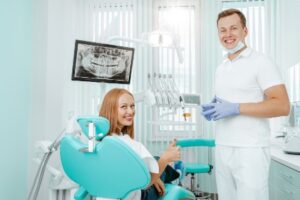
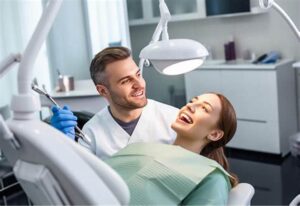

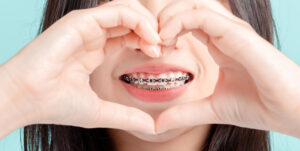
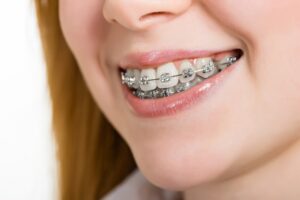

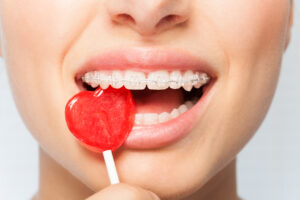
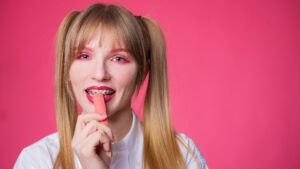



 Dillon Orthodontic Care
Dillon Orthodontic Care